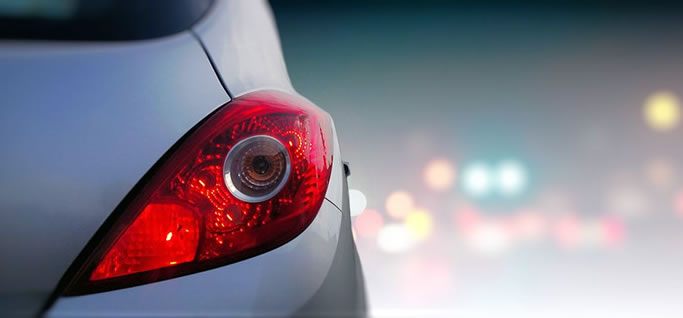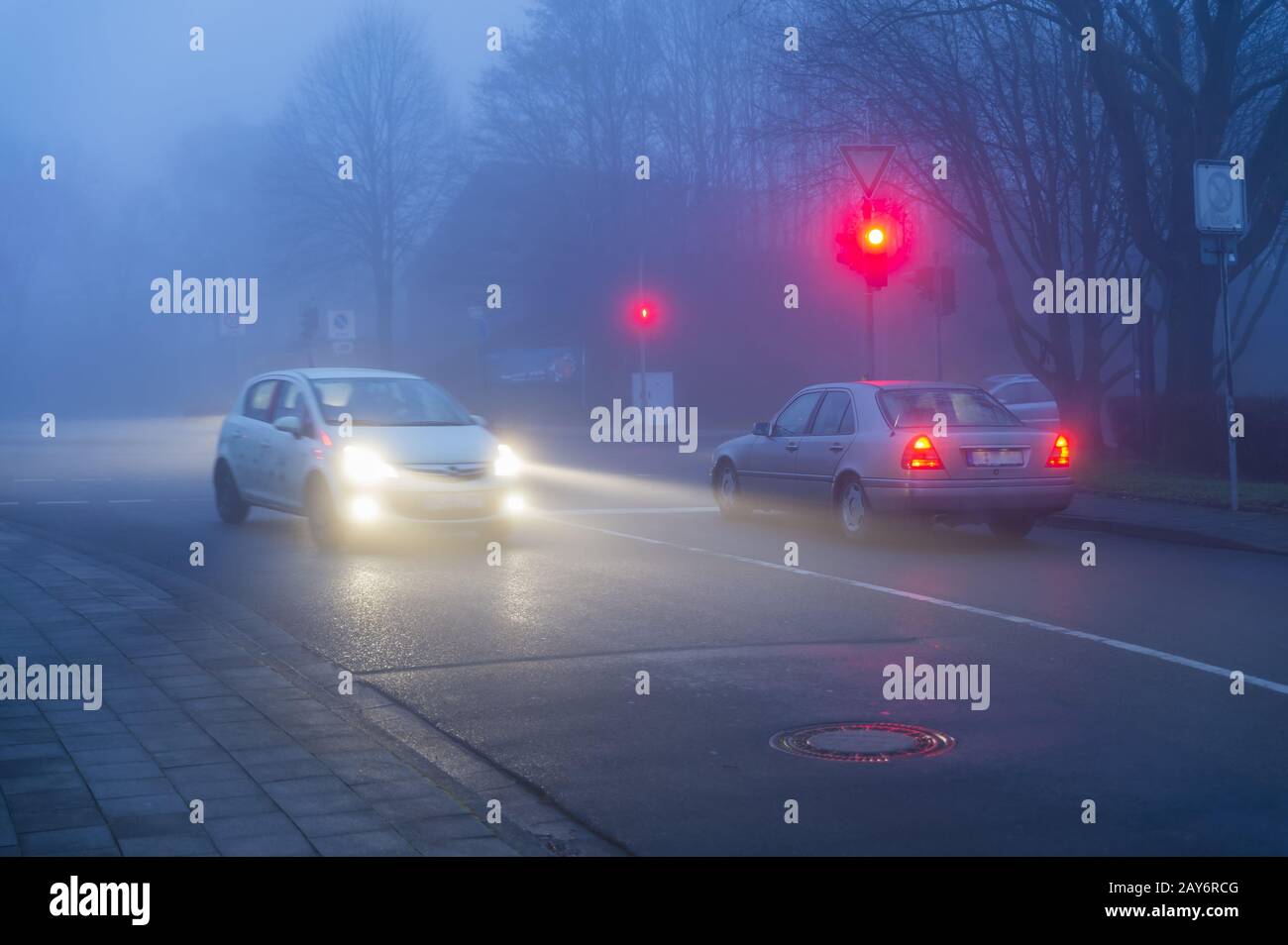
If while driving in fog your car is involved in an accident and your fog lights weren’t in proper use, it could invalidate your insurance. Many states have different law regarding the use of fog lights, but as a general rule:įog lights should only be used in the fog when visibility drops below 100 meters (328 feet) which is roughly the length of a football pitch. When Should You Use Your Car’s Fog Lights? Mist typically is quicker to dissipate and can rapidly disappear with even slight winds, it’s also what you see when you can see your breath on a cold day.

As defined by the AA, Mist is ‘when there is such obscurity and the associated visibility is equal to or exceeds 1000 m.’ Like fog, the mist is still the result of the suspension of water droplets, but simply at a lower density.

This is a common misconception, but no, they are not. However, in forecasts for the public, this generally refers to visibility less than 180 m. In the general meteorological glossary fog is defined as ‘obscurity in the surface layers of the atmosphere, which is caused by a suspension of water droplets’.Īccording to the AA, by international agreement (particularly for aviation purposes) fog is the name given to resulting visibility less than 1 km. To help you know when and when not to use your fog lights, we’ve put together this quick guide.

FOG LIGHTS DRIVERS
However, if you are using them incorrectly, you can, in fact, be putting yourself and other drivers in danger and could be breaking the law. Your car’s fog lights are there to combat reduced visibility during the fall and winter months and keep you safe by making sure you and other motorists are visible.


 0 kommentar(er)
0 kommentar(er)
